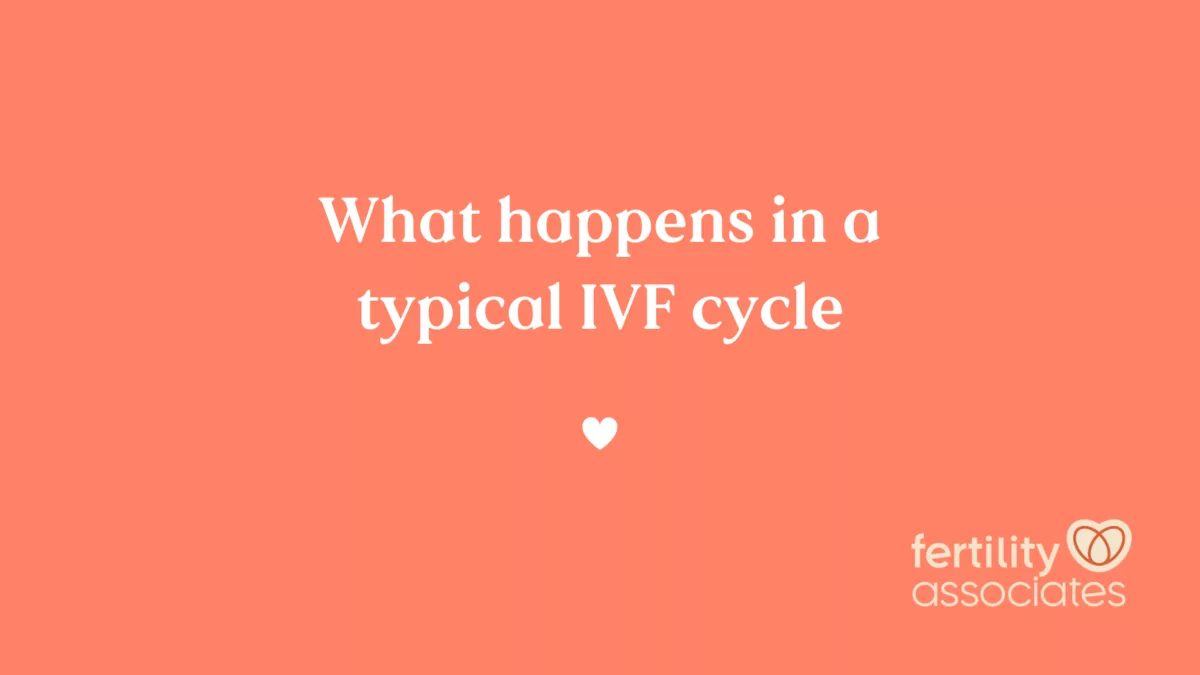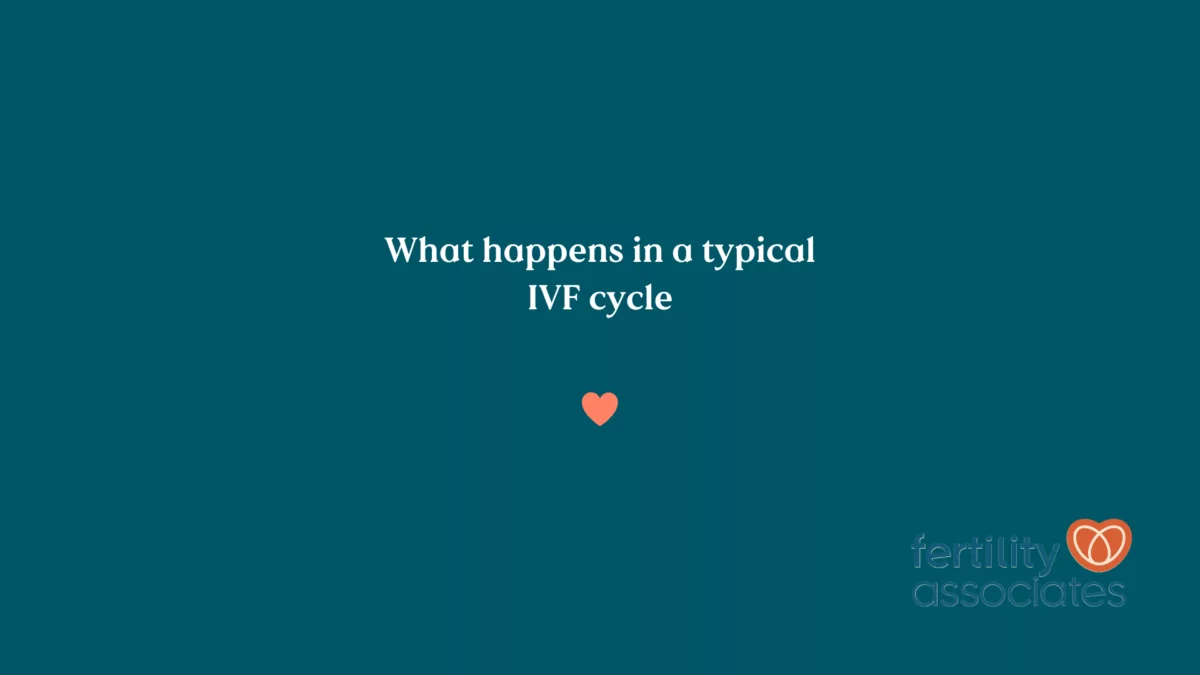The Price of IVF: What You Need to Know Before Starting Your Journey
April 16, 2025A Deep Dive into Typical IVF Costs: What You Need to Know Before Starting Your Journey
So, you’re thinking about in vitro fertilization (IVF). Maybe you’ve been dreaming of holding a little one in your arms, or perhaps you’re just curious about what this process really costs. Either way, you’re in the right place! IVF is a big step—emotionally, physically, and yes, financially. But how much does it actually cost? And what sneaky little details don’t people usually talk about? Let’s break it all down together in a way that’s easy to follow, packed with real info, and maybe even a little fun. Because who says talking about money can’t be interesting?
What’s the Typical IVF Cost? The Big Picture
Let’s start with the basics: IVF isn’t cheap. On average, one cycle of IVF in the United States costs between $10,000 and $15,000. But here’s the kicker—that’s just the starting point. When you add in medications, testing, and extra procedures, the price can climb to $20,000 or more per cycle. And since many people need more than one cycle to succeed, the total cost can feel like a rollercoaster with no end in sight.
Why such a big range? Well, it depends on where you live, the clinic you choose, and what your body needs. For example, a clinic in New York City might charge more than one in a small town because of higher overhead costs. Plus, every person’s fertility journey is unique—some might need extra help, like genetic testing or donor eggs, which bumps up the bill.
A Quick Breakdown of the Base Cost
Here’s what that $10,000–$15,000 typically covers:
- Initial consultations: Meeting with your doctor to map out the plan.
- Ovarian stimulation: Hormones to get your ovaries producing eggs.
- Egg retrieval: A quick procedure to collect those eggs.
- Fertilization and embryo culture: The lab magic where sperm meets egg.
- Embryo transfer: Placing the embryo back into the uterus.
But wait—there’s more! Medications alone can cost $3,000–$5,000 per cycle, and that’s not even included in the base price at some clinics. It’s like ordering a burger and finding out the fries are extra.
Hidden Costs: The Stuff No One Tells You About
Okay, let’s get real. The “typical IVF cost” you see online is just the tip of the iceberg. There are sneaky expenses that can catch you off guard if you’re not prepared. These are the things people don’t usually post about on Instagram, but they’re a huge part of the journey.
Medications: The Wild Card
Those hormone shots aren’t just a pain in the butt (literally)—they’re a pain in the wallet too. Depending on how your body responds, you might need more meds than average, pushing costs up to $7,000 or more. Some folks even stash leftover meds in their fridge like a secret treasure, hoping to reuse them if insurance doesn’t cover round two.
Travel and Time Off Work
Live far from your clinic? Gas, parking, or even plane tickets can add up fast. And don’t forget taking time off work for appointments—some bosses are cool about it, but others? Not so much. One woman I heard about had to sneak out for egg retrieval pretending she had a dentist appointment because she didn’t want her coworkers knowing her business.
Storage Fees for Frozen Embryos
Got extra embryos? Awesome! But storing them costs $500–$1,000 a year. It’s like renting a tiny freezer apartment for your future babies. One couple I read about forgot to pay their storage fee and nearly lost their embryos—talk about a heart-stopping moment!
Emotional Extras
This one’s not a dollar amount, but it’s real. Therapy or support groups can cost $50–$150 per session, and many people turn to them during IVF. The stress is no joke—think sleepless nights wondering if it’ll work, or crying over a negative test. It’s not in the budget, but it’s part of the ride.

Does Insurance Cover IVF? The Truth Might Surprise You
Here’s where things get tricky. In the U.S., insurance coverage for IVF is a mixed bag. Only about 20 states have laws requiring some kind of fertility treatment coverage, and even then, it’s not always full-on IVF. Some plans might cover diagnostics (like blood tests) but leave you high and dry for the actual procedure.
What Coverage Might Look Like
- Partial coverage: Maybe they pay for meds but not the egg retrieval.
- Cycle limits: Some plans cap it at one or two tries.
- Employer perks: Big companies like Google or Starbucks sometimes offer IVF benefits—up to $20,000 in some cases!
But here’s a juicy tidbit: most people don’t know you can negotiate with your clinic if insurance won’t budge. One friend of mine got a discount by paying upfront in cash—saved her $2,000! Clinics don’t advertise this, but it’s worth asking.
Dr. Jane Frederick, a fertility expert, once said, “Insurance is like a puzzle—every piece fits differently for each patient.” So, call your provider, dig into the fine print, and don’t be shy about pushing for answers.
Breaking Down IVF Success Rates: Is It Worth the Price?
Let’s talk odds. IVF isn’t a sure thing, and that’s a big reason the cost stings. According to the CDC, the success rate for women under 35 is about 50% per cycle, but it drops as you get older—down to 10% or less for women over 40. So, if you’re shelling out $15,000, you might wonder: “Will this even work?”
Success by the Numbers
| Age Group | Success Rate per Cycle | Average Cycles Needed |
|---|---|---|
| Under 35 | 48–50% | 1–2 |
| 35–37 | 38–40% | 2–3 |
| 38–40 | 25–30% | 3–4 |
| Over 40 | 10–15% | 4+ |
Here’s the catch: each cycle costs the same, but your chances go down with age. It’s like playing a slot machine where the jackpot gets smaller every pull. That’s why some people freeze eggs early—it’s cheaper (around $6,000–$10,000) and boosts your odds later.
Real-Life Math
Say you’re 36 and need two cycles at $15,000 each, plus $5,000 in meds per round. That’s $40,000 total. If it works, you’ve got a baby for the price of a small car. If it doesn’t? You’re out the cash and still dreaming. Tough, right?
Donor Eggs, Sperm, and Surrogacy: When IVF Gets Fancy
Sometimes basic IVF isn’t enough, and that’s when costs really skyrocket. Using donor eggs, donor sperm, or a surrogate adds layers of expense—and drama—to the process.
Donor Eggs: $20,000–$40,000 Extra
Why so pricey? You’re paying for the donor’s time, meds, and the egg retrieval process. Plus, there’s a fee to the agency matching you up. Fun fact: some donors are college students looking to pay off loans—wild to think your future kid might come from someone’s side hustle!
Donor Sperm: $500–$1,500 Per Sample
Cheaper than eggs, but still not pocket change. You pick from a catalog (yep, like online shopping) based on traits like height or eye color. One mom told me she spent hours choosing, feeling like she was casting a movie star.
Surrogacy: $100,000–$300,000
This is the big leagues. You’re covering the surrogate’s medical bills, legal fees, and a payment for her time (usually $30,000–$50,000). It’s rare, but some surrogates become lifelong friends with the parents—others disappear after delivery. Either way, it’s a huge investment.
How to Save Money on IVF: Practical Tips You’ll Wish You Knew Sooner
Alright, let’s lighten the mood with some good news—you can cut costs without cutting corners. Here are some tried-and-true tricks:
✔️ Smart Moves to Save Cash
- Shop around: Clinic prices vary. One in a nearby state might be cheaper even with travel costs.
- Mini-IVF: Uses fewer meds, dropping costs to $5,000–$7,000 per cycle. Less intense, but still effective for some.
- Fertility grants: Groups like Baby Quest offer up to $15,000 if you qualify.
- Tax breaks: IVF expenses can sometimes be deducted as medical costs—check with a tax pro!
❌ What to Avoid
- Super-cheap clinics: If it’s too good to be true, it might be. Low success rates mean more cycles—and more money.
- Skipping tests: Cutting corners on diagnostics can lead to failed cycles. Spend upfront to save later.
A 2023 study from the American Society for Reproductive Medicine found that couples who comparison-shopped clinics saved an average of 12%—that’s $2,000+ on a $15,000 cycle. Small effort, big payoff!

The Emotional Cost: What Money Can’t Buy
Let’s pause the money talk for a sec. IVF isn’t just about dollars—it’s about heart. The ups and downs can feel like a soap opera. One day you’re hopeful, the next you’re sobbing over a failed transfer. And nobody warns you about the random stuff that hits hard—like avoiding baby showers or scrolling past pregnancy announcements online.
Coping Hacks
- Journal it out: Writing down your feelings can ease the load. One woman I know filled a whole notebook during her three cycles.
- Find your crew: Online forums or local support groups are gold. Sharing stories makes you feel less alone.
- Treat yourself: A $5 coffee or a Netflix binge isn’t much, but it’s a lifeline on rough days.
Dr. Alice Domar, a fertility psychologist, puts it perfectly: “The emotional toll of IVF is like running a marathon with no finish line in sight—pacing yourself is key.” So, budget for self-care too—it’s not optional.
IVF Around the World: A Cost Comparison
Ever thought about jetting off for IVF? Fertility tourism is a thing, and it can save you thousands. Here’s how the U.S. stacks up:
| Country | Average Cost per Cycle | Notes |
|---|---|---|
| United States | $12,000–$20,000 | High-tech, but pricey |
| Mexico | $5,000–$8,000 | Close to the U.S., growing quality |
| Spain | $6,000–$10,000 | Top clinics, EU standards |
| India | $3,000–$5,000 | Affordable, but check credentials |
Why Go Abroad?
Lower labor costs and fewer regulations mean cheaper prices. Plus, some countries bundle in extras like hotel stays—IVF vacay, anyone? Just research the clinic’s success rates and reviews first. A bad deal overseas could cost more in the long run.

New Research: What’s Changing IVF Costs in 2025?
Science is moving fast, and that’s shaking up IVF prices. Here’s what’s hot off the press in 2025:
AI in Embryo Selection
Clinics are using artificial intelligence to pick the best embryos, boosting success rates by up to 15%, per a 2024 study from Stanford. It’s pricier upfront (add $500–$1,000), but fewer failed cycles could save you money overall.
At-Home Monitoring
New kits let you track hormones at home with an app, cutting clinic visits. A 2025 trial showed it dropped costs by 8%—not huge, but every bit helps.
Generic Meds
Cheaper versions of fertility drugs hit the market last year, slashing med costs by 20–30%. Ask your doc if they’re an option for you.
Your IVF Budget: A Step-by-Step Plan
Ready to crunch some numbers? Here’s a simple guide to plan your IVF budget:
Step 1: Get a Quote
Call 2–3 clinics for detailed estimates. Ask what’s included—meds, testing, everything.
Step 2: Check Insurance
Ring your provider. Even partial coverage (like $5,000) makes a dent.
Step 3: Map Out Cycles
Assume 1–3 tries based on your age and health. Multiply by the per-cycle cost.
Step 4: Add Extras
Tack on $1,000–$2,000 for travel, storage, or surprises.
Step 5: Explore Savings
Look into grants, loans, or mini-IVF. Every dollar counts!
Example: A 32-year-old with no coverage might budget $35,000 for two cycles ($15,000 each + $5,000 meds). With a $5,000 grant, it’s $30,000—still steep, but doable with planning.
Real Stories: What IVF Costs Taught These Couples
Sometimes the best way to understand is through others’ eyes. Here are two quick tales:
Sarah, 34, California
“We spent $25,000 total—two cycles. The second one worked, but we ate ramen for months to afford it. Worth it? Yes, but I wish we’d known about grants sooner.”
Mike, 39, Texas
“Donor eggs cost us $35,000. My wife cried when we picked the donor—happy tears, but stressful too. We refinanced our house. No regrets, though—our son’s two now.”
These aren’t just numbers—they’re lives. And that’s what makes IVF so wild and personal.
Let’s Talk: What’s Your IVF Question?
Whew, we’ve covered a lot! From base costs to hidden fees, success rates to savings tips, you’ve got the full scoop on typical IVF costs. But every journey’s different, right? So, let’s make this interactive:
- What’s your biggest IVF worry—money, emotions, or something else?
- Have a cost-saving trick up your sleeve? Share it!
- Curious about anything we didn’t cover? Drop it below!
Leave a comment, and let’s chat. You’re not alone in this—whether you’re just starting or deep in the trenches, we’re here to figure it out together. What’s on your mind?